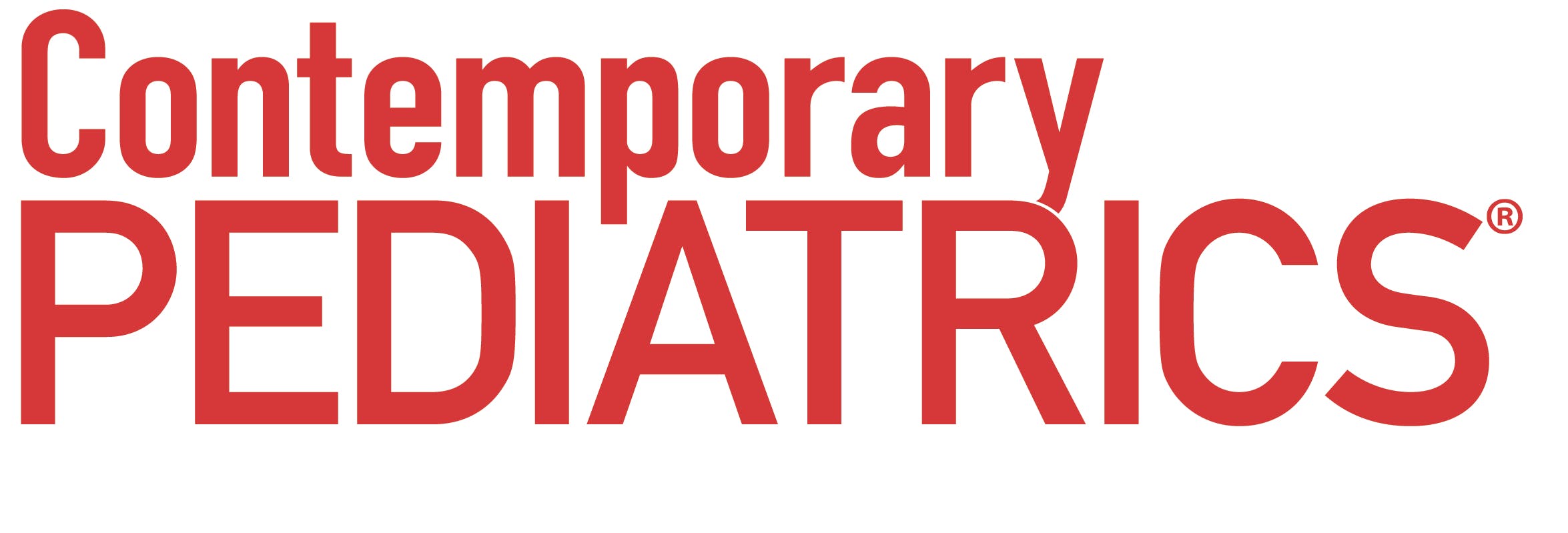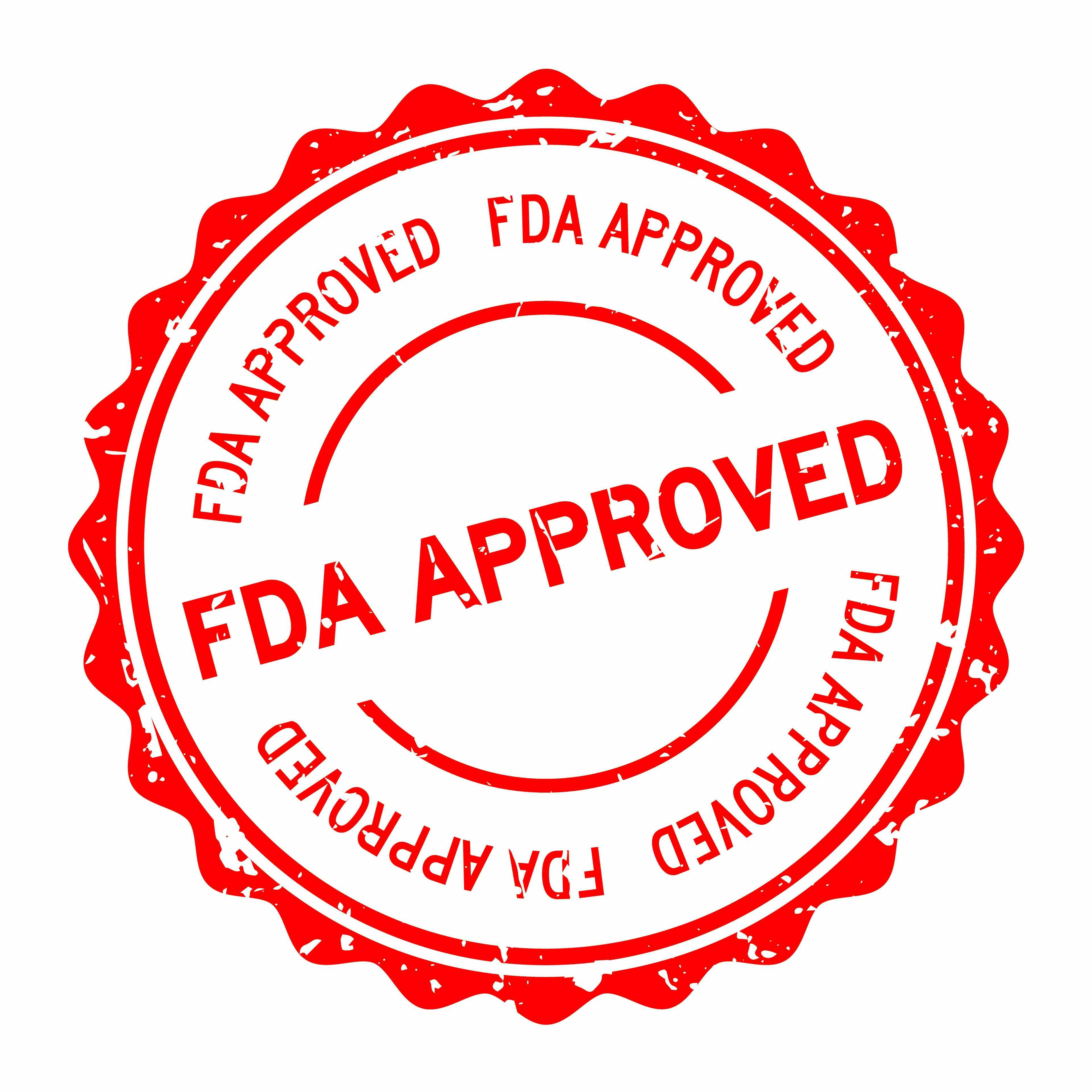Focus on Head Lice
A 13-year-old girl comes to your office in tears. Her mother wants to cut off her hair.
This 13-year-old girl comes to your office in tears. Her mother had received a note from school, advising that the nurse had found head lice and nits in her daughter's hair.
The patient's mother wants to cut off her child's hair to eliminate the lice. She is afraid to let her daughter use an insecticide to treat the head lice and asks whether there are any other options.
How will you advise her?
Head lice infestation--pediculosis capitis--is a common problem in schools today. Approximately 3% of school children are affected; this translates into millions of days lost from school every year.
The louse infests only the human head. It simultaneously sucks blood and secretes saliva, which results in an inflammatory reaction and itching. The lice cannot jump or fly, and pets are not a vector. Head-to-head contact is the mode of transmission.
The adult female louse (which lives for approximately 1 month) lays from 1 to 6 eggs per day (Figure). When the eggs are laid, they are translucent and attach to the hair shaft at the scalp. The eggs hatch in a week, and the nits (which are empty eggshells) remain attached to the shaft. These eggshells move with the hair as it grows at a rate of about 1 cm per month.
The basic principle I follow is not to diagnose an active head lice infestation unless I can find a living, moving louse. If I cannot find a louse on a careful initial inspection of a child's scalp, I teach the parents to "comb for detection." This involves seating the child with a dark cloth draped about his or her shoulders. A plastic or metal fine-tooth comb is then placed in the hair with the tines touching the scalp. The comb is firmly drawn down the hair from the roots to the tips. This action is repeated circumferentially around the scalp until the first louse is detected--either in the comb or on the drape. I think wet hair increases the yield, but this technique is often effective with dry hair as well.
Once the diagnosis is made, then the decision is whether to use insecticides. If the parents wish to avoid insecticides, it is possible to clear up infestations in more than one third of cases with a "wet combing" technique. The setup and actions are similar to those for the "combing for detection" technique, but the hair is first "slicked" with either a hair conditioner or oil--such as peanut or olive oil. The combing should be performed for 30 minutes once or twice daily and repeated every 3 to 4 days; the combing can stop a week after the last louse is discovered. Patients may use their regular shampoo program during this treatment period.
Insecticides offer more effective treatment; success rates exceed 90%. Permethrin, pyrethrin, and malathion are also safe if used properly. Each of these products has specific directions packaged with it. I recommend that these directions be followed exactly--particularly those that direct parents to wet the child's hair thoroughly with the product. I suggest that medication be reapplied in a week and that personal care hair items (eg, bedding, towels, hats, and clothing that the child has worn) be washed and dried at hot temperatures. I also encourage "wet combing" and the removal of nits during the first week after treatment.
Resistance to insecticides--particularly to permethrin and pyrethrin--is becoming an increasing problem (Box). Advise patients not to use any insecticide treatment more than twice in a single treatment cycle. Also, a different topical insecticide should be used if reinfestation occurs within the first month after treatment.
It can be difficult to determine whether resistance is present or whether the child has been reinfested. I often ask parents to "wet comb" the child's hair: if there are many lice in various stages of development (ie, nymph to adult), then resistance is likely. And if only a few adult lice are found, then it is probable that they represent reinfestation.
Some practical points I share with parents:
•All household members should be checked at home or in the clinic, but I believe that only those who are infested need to be treated.
•I believe that a child may return to school after the first treatment--particularly if an insecticide is used.
•I advise parents that cutting or shaving their child's hair does little, if anything, to improve the success of therapy.
Oral trimethoprim/sulfamethoxazole and ivermectin have both been used successfully to treat head lice. Neither of these agents is approved for this indication, but either may be useful if all topical therapy fails. *
Recognize & Refer: Hemangiomas in pediatrics
July 17th 2019Contemporary Pediatrics sits down exclusively with Sheila Fallon Friedlander, MD, a professor dermatology and pediatrics, to discuss the one key condition for which she believes community pediatricians should be especially aware-hemangiomas.



















